Folding Leaves at Night, Cool!
bearstate
16 years ago
Related Stories

BEDROOMSThe Right Mattress: The Secret to a Great Night’s Sleep
We spend a third of our lives asleep, so investing in a quality mattress is essential. Check out this expert advice to help you choose yours
Full Story
FURNITUREKnow When to Fold 'Em
When space is tight, look for furniture that cleverly collapses, expands or fills more than one role
Full Story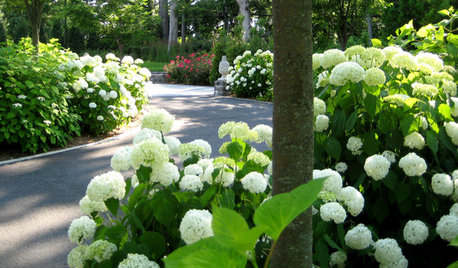
GARDENING AND LANDSCAPINGThe 3 Ingredients of a Magical Night Garden
Conjure an enchanting scene with luminous plants and lighting that evokes just the right level of landscape mystery
Full Story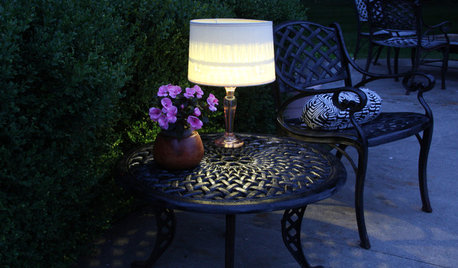
DIY PROJECTSLight Up Your Night With an Easy Outdoor Table Lamp
Hit up Goodwill and the hardware store to make this lamp for a deck or poolside patio in minutes
Full Story
LAUNDRY ROOMSRoom of the Day: The Laundry Room No One Wants to Leave
The Hardworking Home: Ocean views, vaulted ceilings and extensive counter and storage space make this hub a joy to work in
Full Story
LIFEYou Said It: ‘I’m Never Leaving’ and More Houzz Quotables
Design advice, inspiration and observations that struck a chord this week
Full Story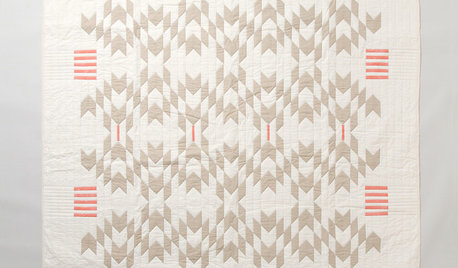
PRODUCT PICKSGuest Picks: Get Summer Camp Style Without Leaving Home
Create a relaxed, outdoorsy feel with a touch of nostalgia, by bunking with these games, artworks and accessories
Full Story
STORAGEFolding Designs Make the Most of Your Space
Look to furniture and doors that fold to increase usable living space without crimping your style
Full Story
LANDSCAPE DESIGNAll-White Gardens Light Up the Night
Lustrous blooms in white, cream and the palest ivory enchant in the landscape at night — and can be practical too
Full Story
REMODELING GUIDESArchitecture at Night: Lanterns in the Landscape
As days grow shorter we can see modern home design in a whole new light
Full Story





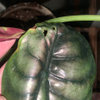
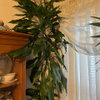

spiritualcipher
bearstateOriginal Author
Related Professionals
Surprise Landscape Architects & Landscape Designers · Fort Lee Landscape Architects & Landscape Designers · Saint Louis Park Landscape Architects & Landscape Designers · Anderson Landscape Contractors · Buford Landscape Contractors · Gainesville Landscape Contractors · Arlington Landscape Contractors · Eustis Landscape Contractors · Mercedes Landscape Contractors · Miller Place Landscape Contractors · North Haven Landscape Contractors · Pikesville Landscape Contractors · Pompton Lakes Landscape Contractors · Saint Paul Landscape Contractors · Vallejo Landscape Contractorsoldned
bearstateOriginal Author
birdinthepalm
bearstateOriginal Author
bearstateOriginal Author
greenchic
garyfla_gw
bearstateOriginal Author
bearstateOriginal Author
wanda
bearstateOriginal Author